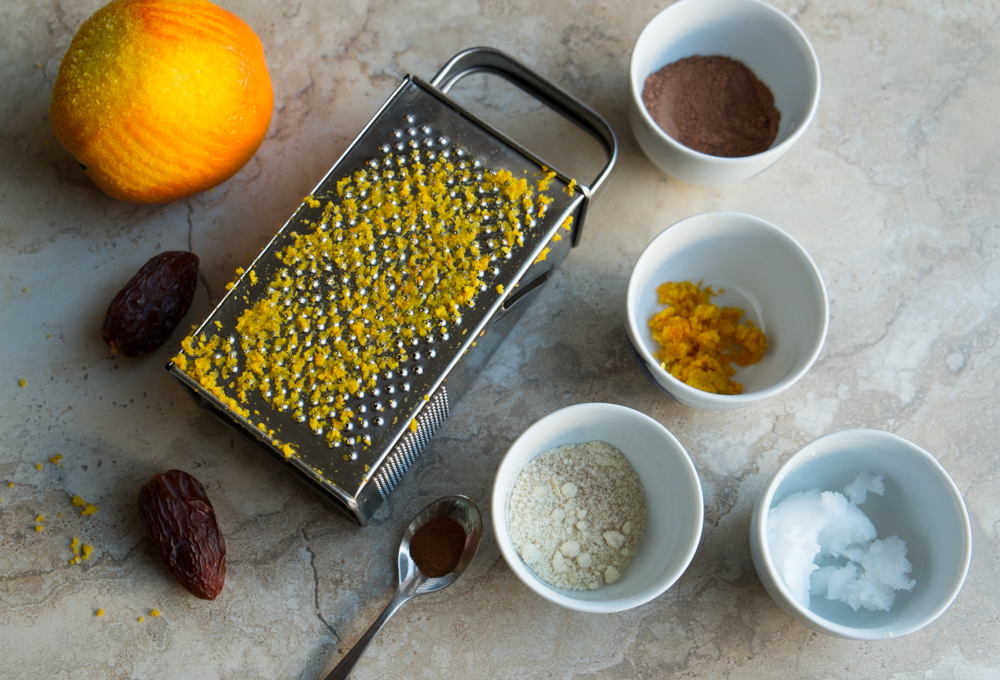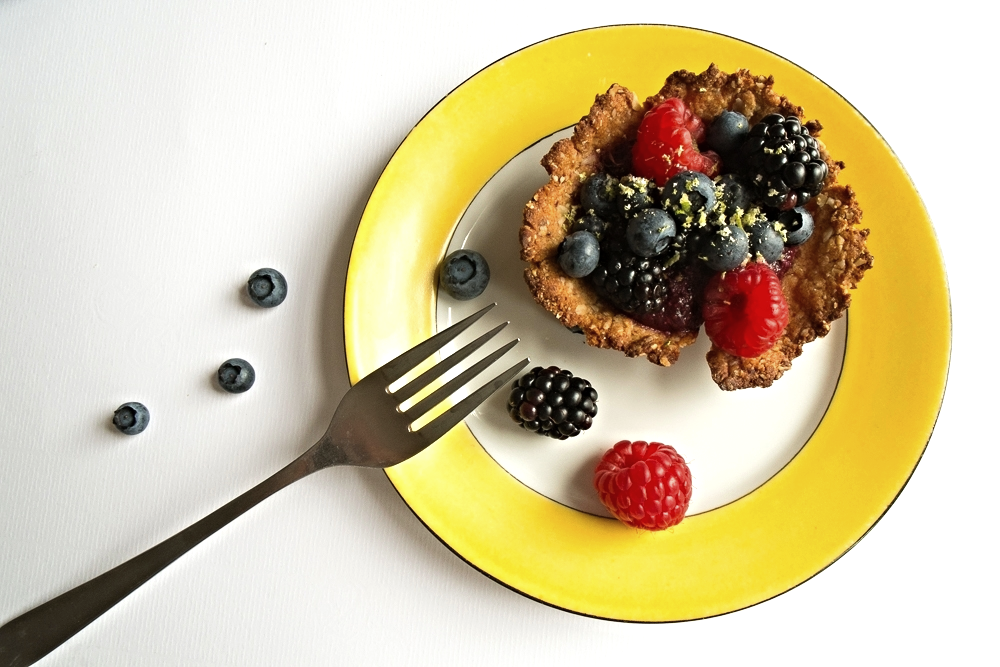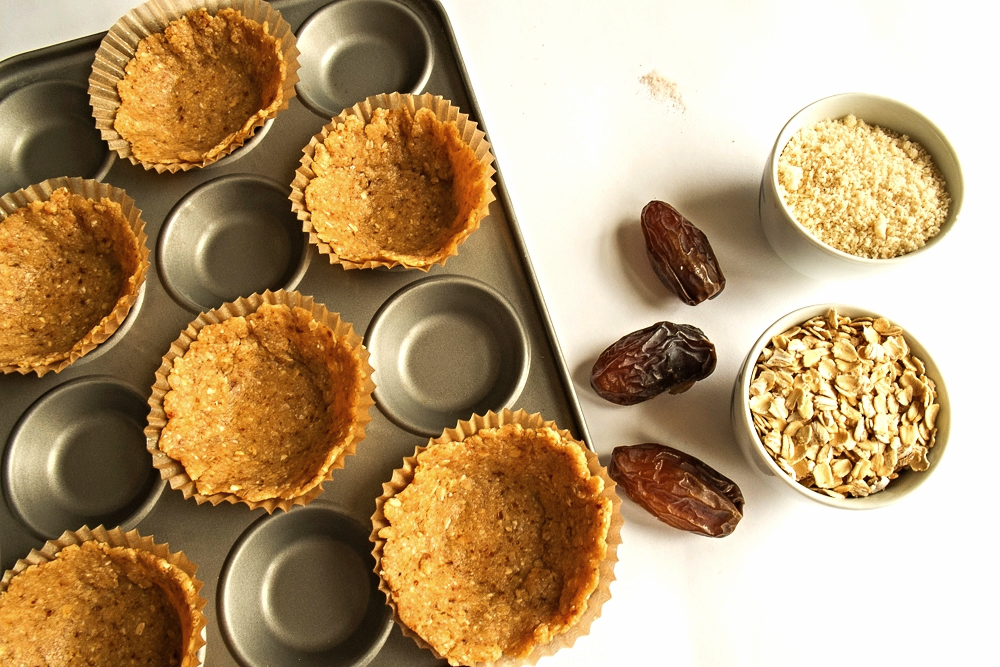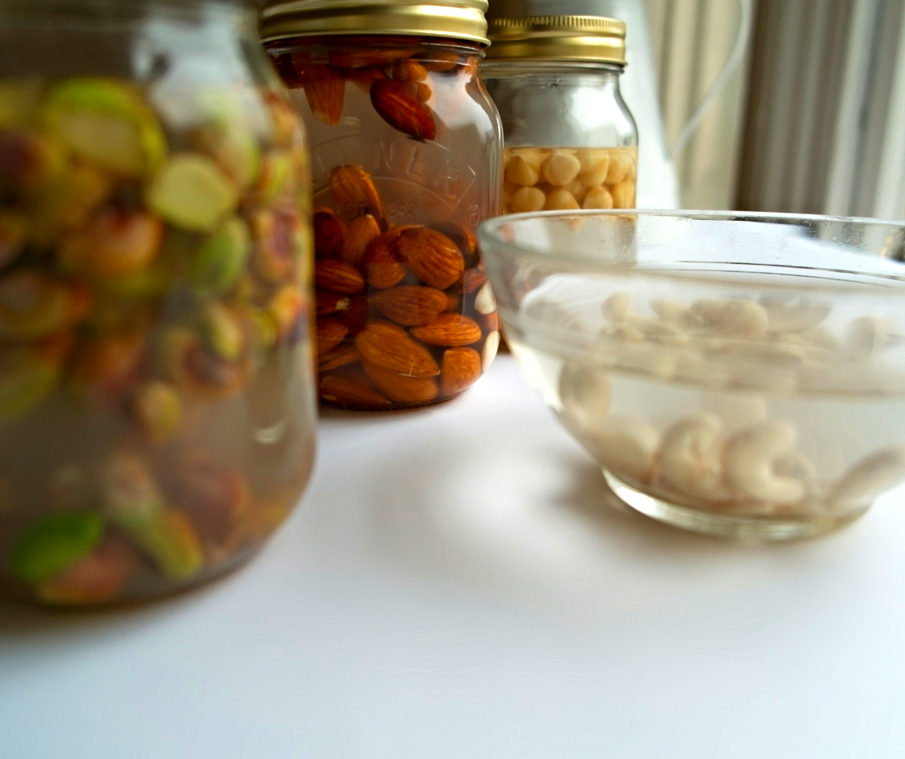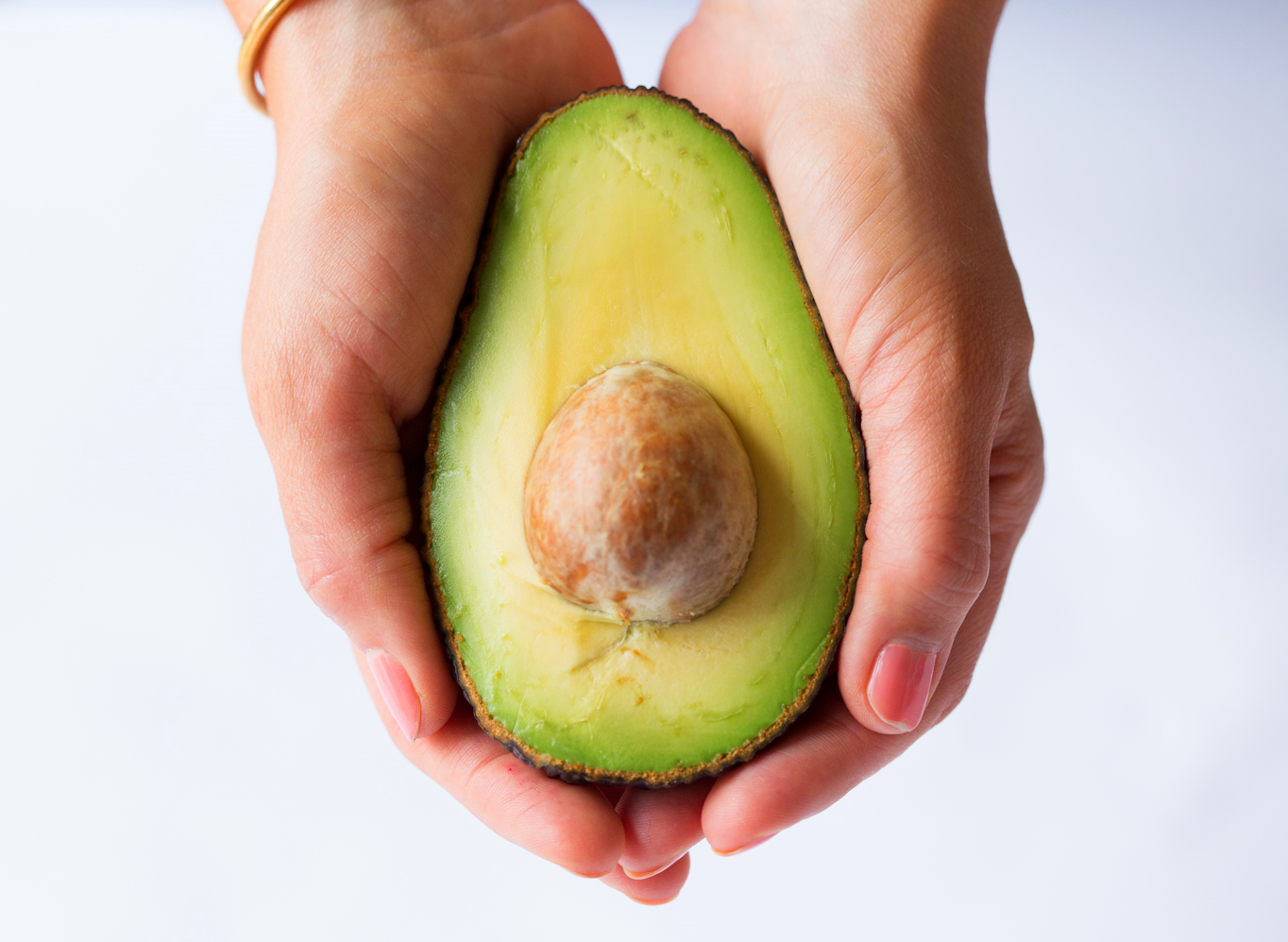I'm excited to share that I am practising as a qualified Nutritional Therapist and seeing clients in north London.
Why see a nutritional therapist?
Maybe you're interested in nutrition, but aren't quite sure how to navigate all the information out there. Maybe you'd like to eat better but just don't have the time or energy to cook from scratch. Or you might have a chronic health condition that you'd like support with. People come to nutritional therapy for a range of reasons, but ultimately the motivation is the same: to feel better, both now and in the future.
Making sense of 'healthy'
More than ever before, we are aware of what we consume and the impact it has on our bodies and minds. While this is undoubtedly a positive shift in thinking, the multitude of conflicting messages about what and how we should be eating can be overwhelming. Is paleo the way to go, or should you be vegan? Is fat the enemy, or is it really sugar?
What is nutritional therapy?
Nutritional therapy is the science-based application of nutrition to support individual health and wellness.
The word 'individual' is key. While there are some principles of healthy eating that are pretty universal, we're all individuals, and there's no one-size-fits-all approach to nutrition. In a nutritional therapy consultation I will focus on your unique characteristics to identify and address any nutritional imbalances specific to you.
How I work
I practice naturopathic nutritional therapy using the functional medicine model, which looks at the inter-related functions of the body's systems to get to the root causes of symptoms. In addition to your symptoms, I will take into account your lifestyle, your past and present health and family history, as well as your preferences and beliefs.
My aim is to empower you to make informed choices about food and lifestyle that support your health and wellness. As you know from my blog, I am passionate about food and your plan will reflect this, with tailored recipes and suggestions to suit your individual needs and tastes.
Consultations
If you're interested in arranging a consultation, you'll find details of what's involved and costs on the services page of my site. Then get in touch with any questions or to arrange a time to meet.
Full details of my accreditation, professional membership and regulation are here.
Find out what others say about working with me in these testimonials.







